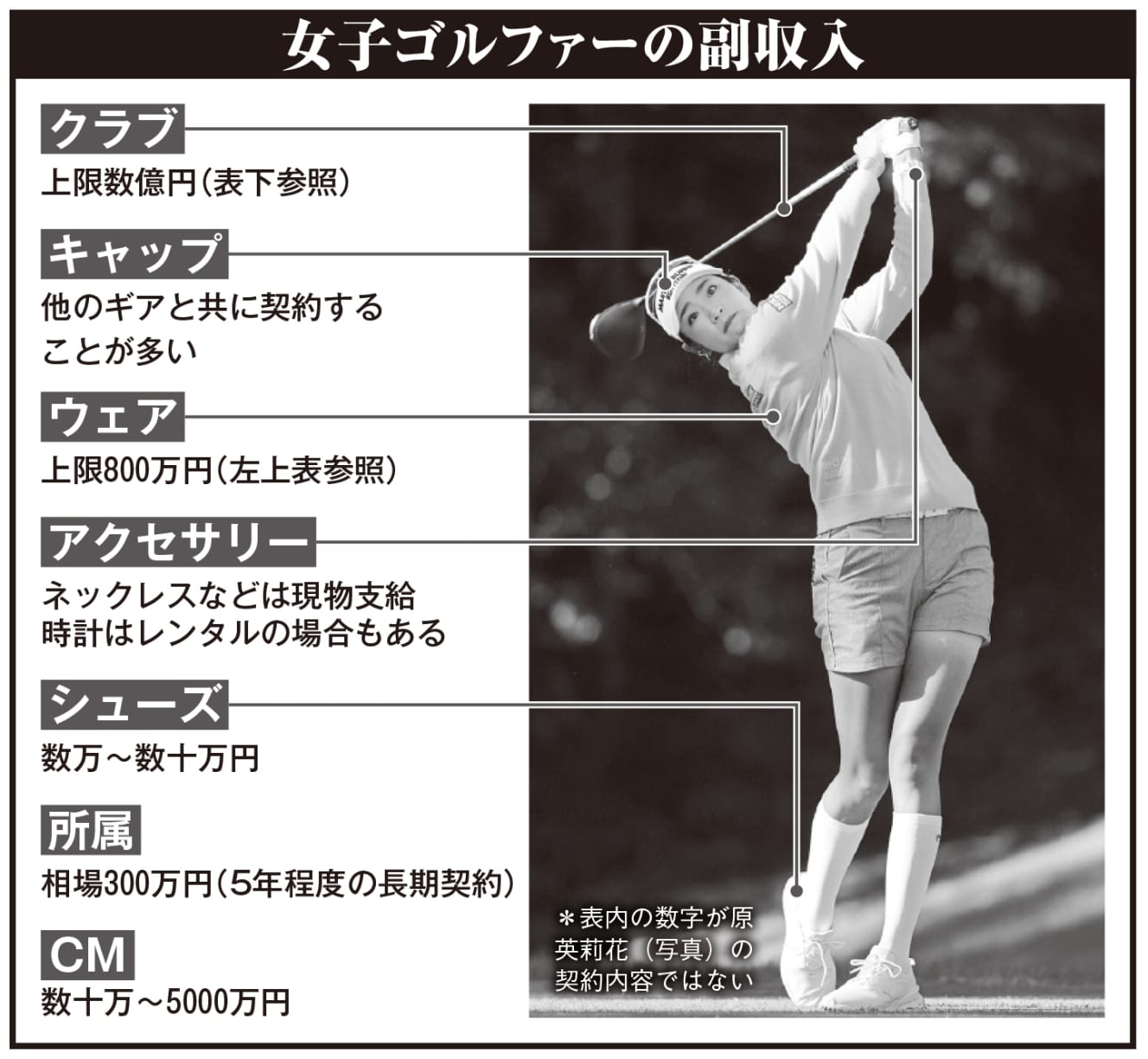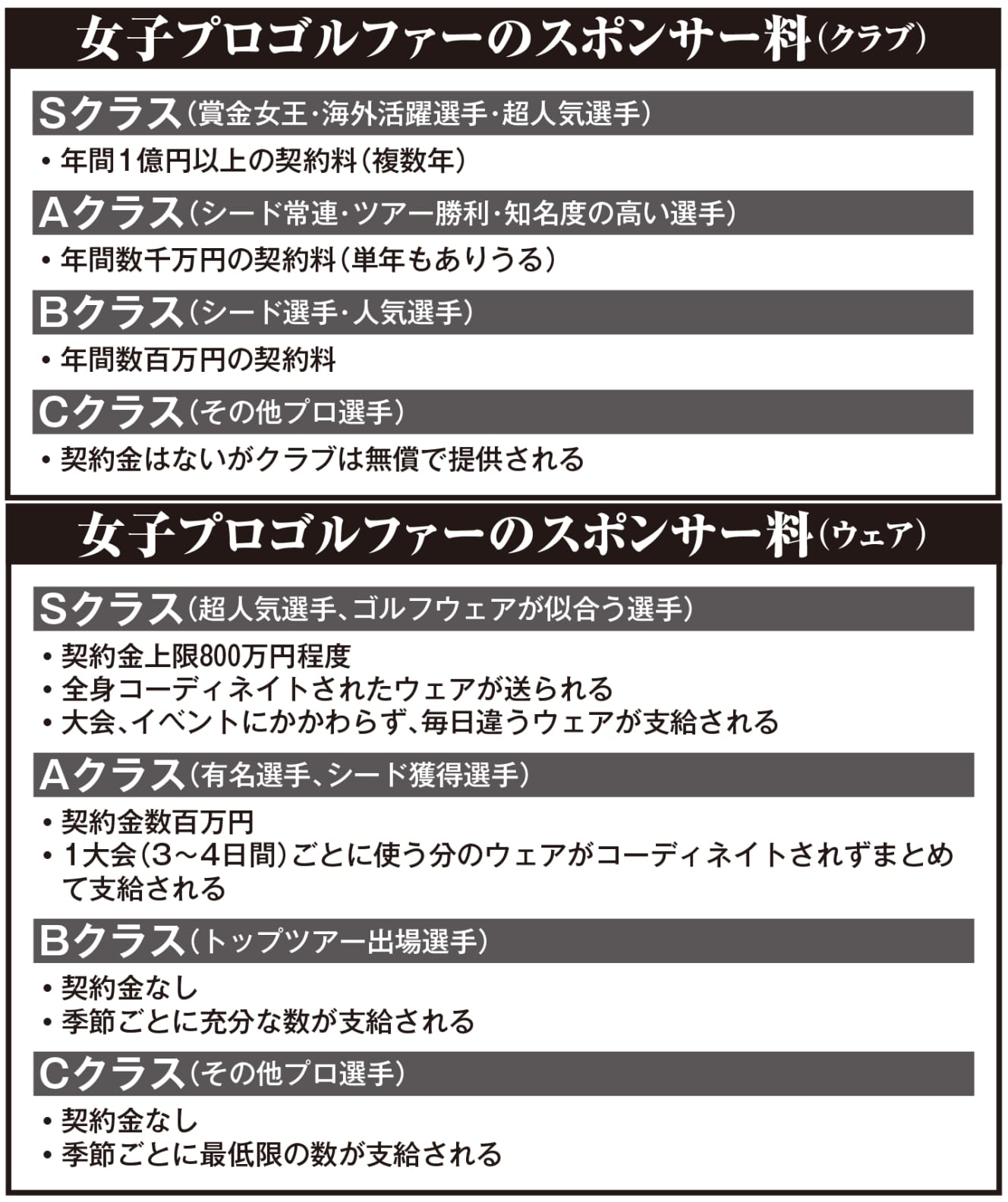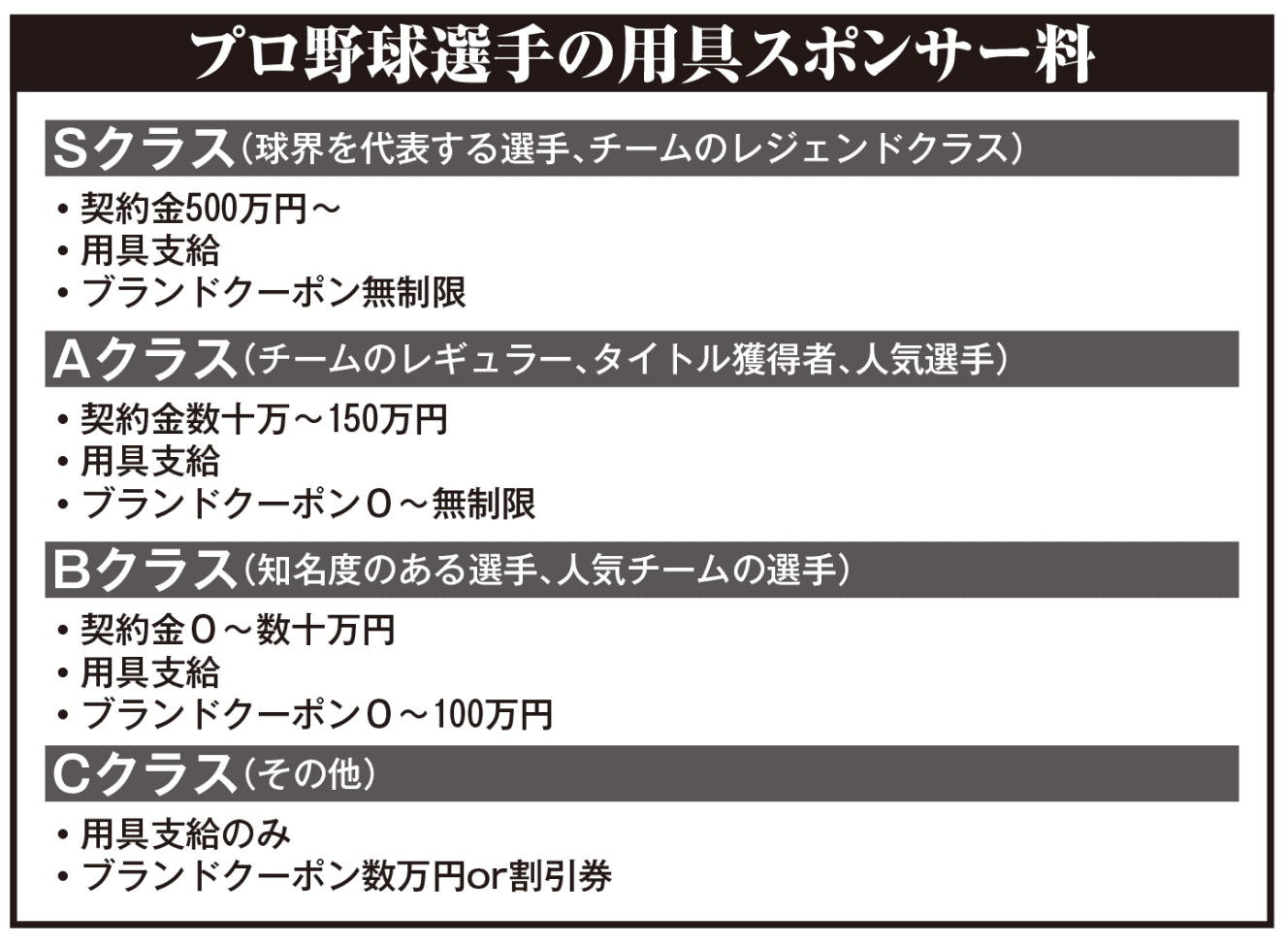Otani 2.5 Billion, Matsuyama 3 Billion — Unknown Sponsor Income of Athletes
In-depth investigation: The strong get the money! Shohei Otani estimated 2.5 billion yen...... martial arts champion is only 2 million yen! Professional baseball and martial arts are surprisingly low, track and field is still tough, and women's golf is overwhelmingly high.
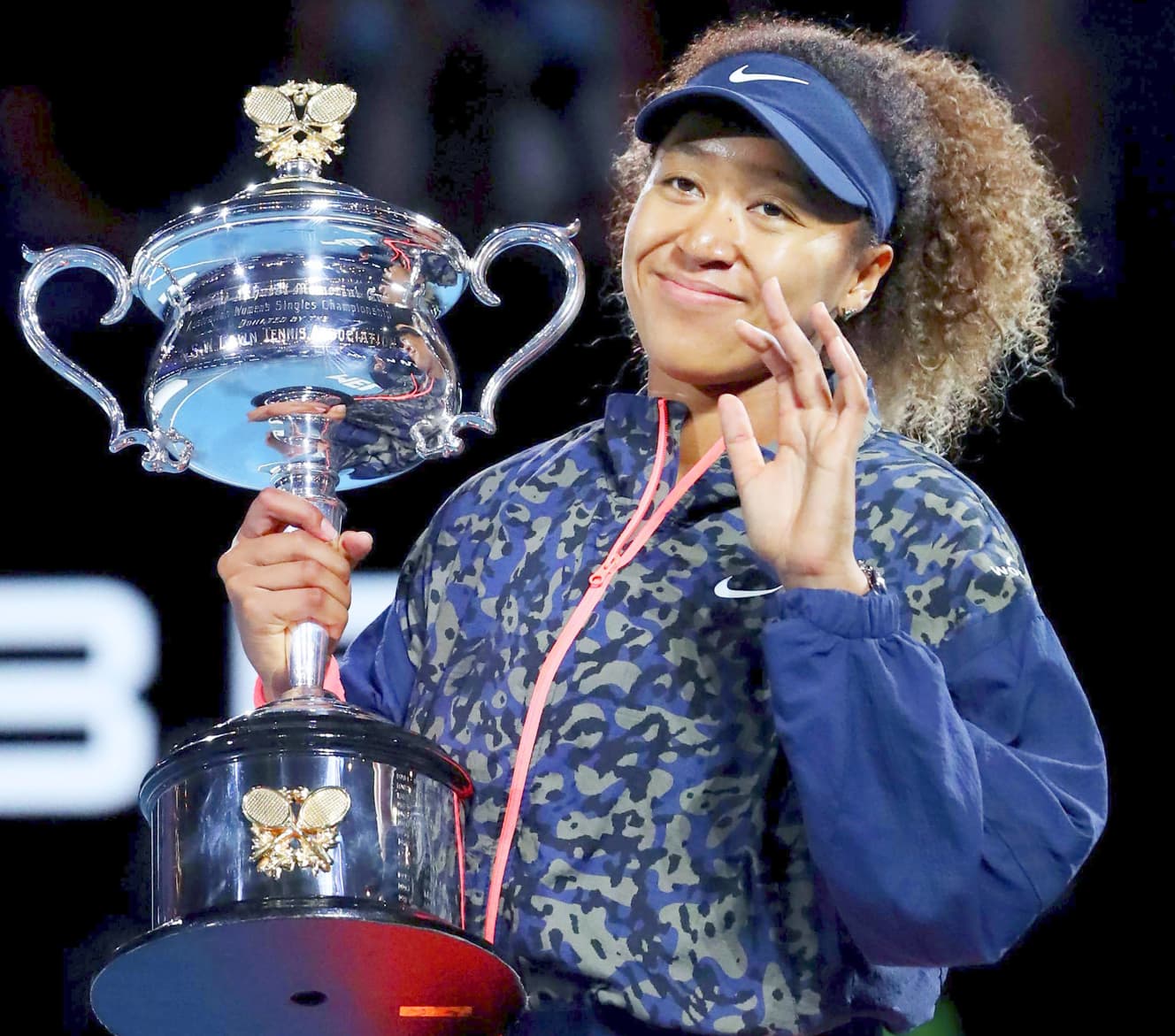
The costumes and equipment worn by athletes in competitions bear the logos of various companies. How much are these sponsorship fees?
Needless to say, it is the world’s top-class athletes in popular sports who receive the most generous sponsorship fees. Naomi Osaka (tennis) is paid 6.9 billion yen (estimate), Shohei Ohtani (baseball) 2.5 billion yen, Rui Yamura (basketball) 1.1 billion yen, and Hideki Matsuyama (golf) 3 billion yen. The sponsorships of the world’s largest corporations are all lined up.
On the other hand, the sponsorships of Japanese athletes seem to vary considerably from sport to sport.
The sport that currently earns the most sponsorship fees in Japan is women’s golf.
“Golf involves a lot of equipment. Clubs, clothing, balls, shoes, and everything else. You can wear accessories when you play, so necklaces and watches are sometimes offered to popular players,” said a director of a sports management company.
Of these, club contract fees are by far the most expensive (see table).
“Fans are most interested in the clubs used by the players, so the contract fees are also high. In the past, a prize money queen signed a 3-year contract worth 500 to 600 million yen. Now, top-class domestic players such as Hinako Shibuno Shibuno must have contracts in the hundreds of millions of yen. Seeded players (50 players maximum) and players who have won tours can get contracts of at least several million yen, and on average several tens of millions of yen. Also, each manufacturer has many clubs to offer, and even unknown pros are offered free of charge if they wish. You never know when a player will make a breakthrough.”
Of course, the clothes the girls wear are also sponsored.
The maximum amount is said to be around 8 million yen because the unit price of clothing is lower than that of the clubs. For the clubs, it is about ability, but for clothing, it is about popularity. Even if a player does not have a good track record, a player with good style or a popular player may be able to get a good contract.
There is another reason why golf is an easy way to attract sponsors.
“Cars are necessary to get to the golf course, so it is easy for automobile-related companies to become sponsors. There are many players who receive cars even if they do not receive contract money. Also, since it has the image of being a sport for ladies and gentlemen, sponsorships from financial and other solid companies can be expected.”
To begin with, golf is a rich man’s sport, so there are many company presidents who are golf fans. Regardless of the fame of the player, they may offer several hundred thousand to two million yen in sponsorship simply because they love golf.
By the way, when famous players appear in advertisements, you may see the notation “Hinako Shibuno (Suntory). This means that Hinako Shibuno has an “affiliation contract” with Suntory.
She does not work for Suntory. It is a kind of corporate image character. The contract fee varies from several million to several tens of millions of yen, but I think 30 million yen is a typical contract. If you can get a contract, you will be recognized in the industry.
A female golfer with a certain level of fame can be said to have sponsorship income in the tens of millions of yen.


5 million yen for a baseball legend.
Next, let’s look at the situation in professional baseball, long the most popular sport in Japan.
The contract with the equipment manufacturer for Shinnosuke Abe (head and battery coach of the Giants) during his playing days is said to have cost between 54 and 70 million yen. The following is a look at the state of professional baseball in Japan. Even the legendary “number one catcher in the history of the Giants” is about this much. For the regular class of each team, it would be 1.5 million yen at most. There are many players who have won a title but are offered “unlimited equipment and no contract money.
On the other hand, there are often cases where players receive coupons (gift certificates) from manufacturers. Even if they do not receive a contract fee, they can receive about 1 million yen a year in the form of a product of their choice. Of course, they can use products other than baseball equipment.
What is the reason for the low sponsorship fees?
Unlike golf, baseball is a team sport. Unlike golf, baseball is a team sport, and the most prominent uniforms are contracted by the team to the manufacturer. In the first place, baseball players are less expensive than golfers. Golfers have to pay for their own transportation and other expenses, don’t they? But in professional baseball, travel, lodging, laundry, and meals are all paid for by the baseball team. They don’t care so much about sponsorship fees.
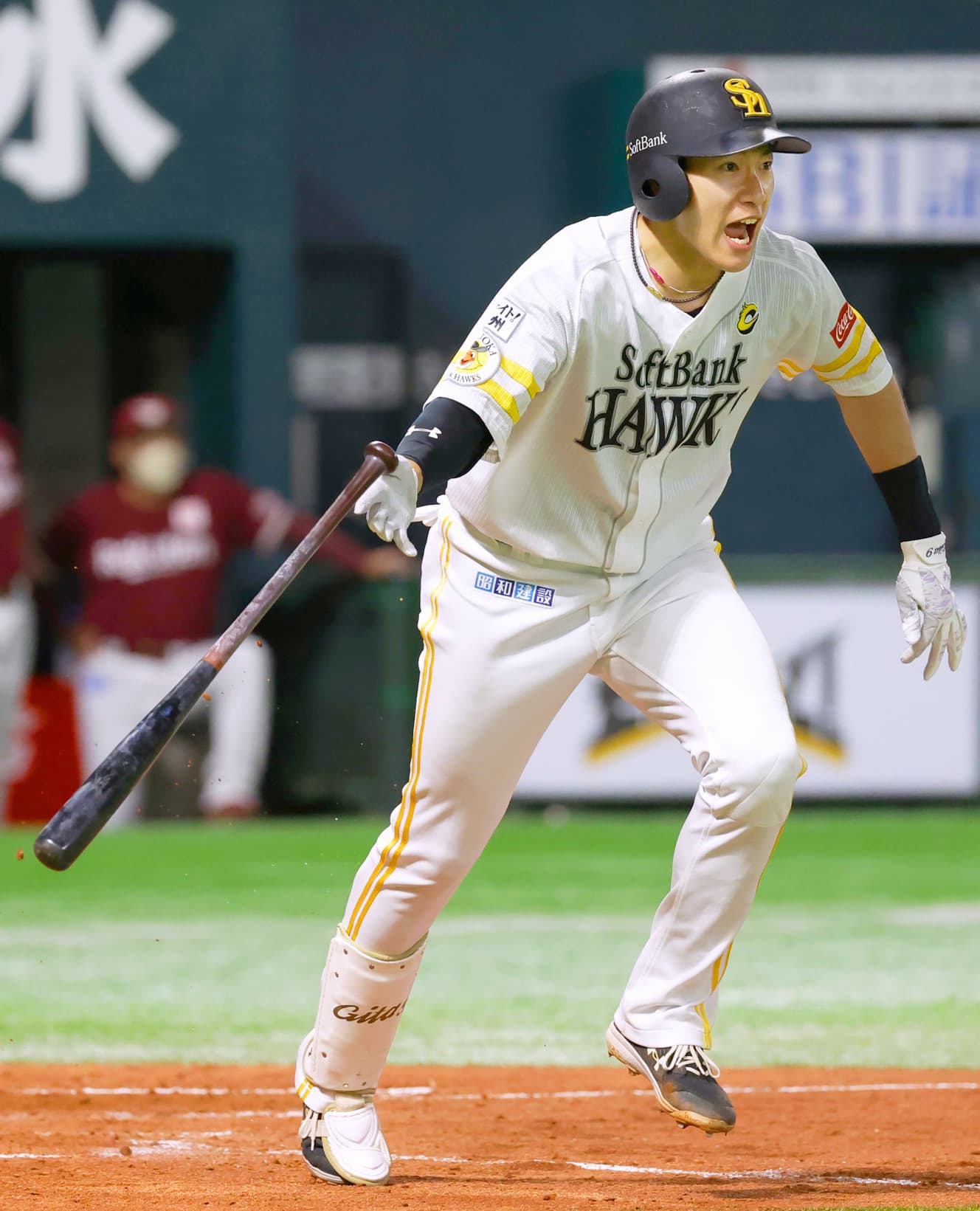
Martial Arts and Athletics, where money is not the goal
Next, let’s look at mixed martial arts and track & field, which have smaller markets than golf and baseball.
In the martial arts, boxing’s Naoya Inoue is exceptional, and his sponsorship income must be in the hundreds of millions. In the mixed martial arts, there are only a few very popular fighters such as Tenshin Nasukawa (kick) and Mikuru Asakura (mixed martial arts), but they don’t make any money even if they are good.
Sponsors are required to pay for the pants they wear and the gown they wear when entering the arena, but the sponsorship is limited to a few tens of thousands of yen per company per match, with a maximum of about 500,000 yen. Moreover, because of the heavy physical burden, I can only compete in three to four matches a year.
The annual sponsorship fee for the world champion of one organization was a total of 2 million yen. The total annual income including the fixed salary and fight money from his organization is 10 million yen. This may sound like a lot to the average person, but the life expectancy of a fighter is short, and because it is an intense sport, there are aftereffects and even death. Very few people become fighters because they want to make money. It is a sport for people who want to be strong.
Similarly, track and field is a sport for those who “love to run.
Athletes in track and field generally do not have sponsorship contracts and generally work for companies. Long-distance athletes, such as the stars of the Hakone Ekiden, are paid around 10 million yen a year. Short-distance athletes in the national team class earn 5-6 million yen a year. Long distance is higher because, in addition to being more popular, they spend an overwhelming amount of time on TV and other media showing corporate logos and the like. There are almost no athletes like marathoner Suguru Osako who can turn pro and make a living in this industry,” said a person related to a sports manufacturer.
Compared to the situation overseas, the scale of the Japanese sports business is too small. Can’t something be done about it?
Nojima, an electronics retailer, ran an advertisement featuring ping-pong player Tomokazu Zhang and called it “Amazing Air Conditioner Sale: Choray! The ad attracted a lot of attention. I think athletes can be used more for business depending on ideas,” says sports writer Mari Okada.
We hope that the day will come when athletes will shine more brightly in Japan.
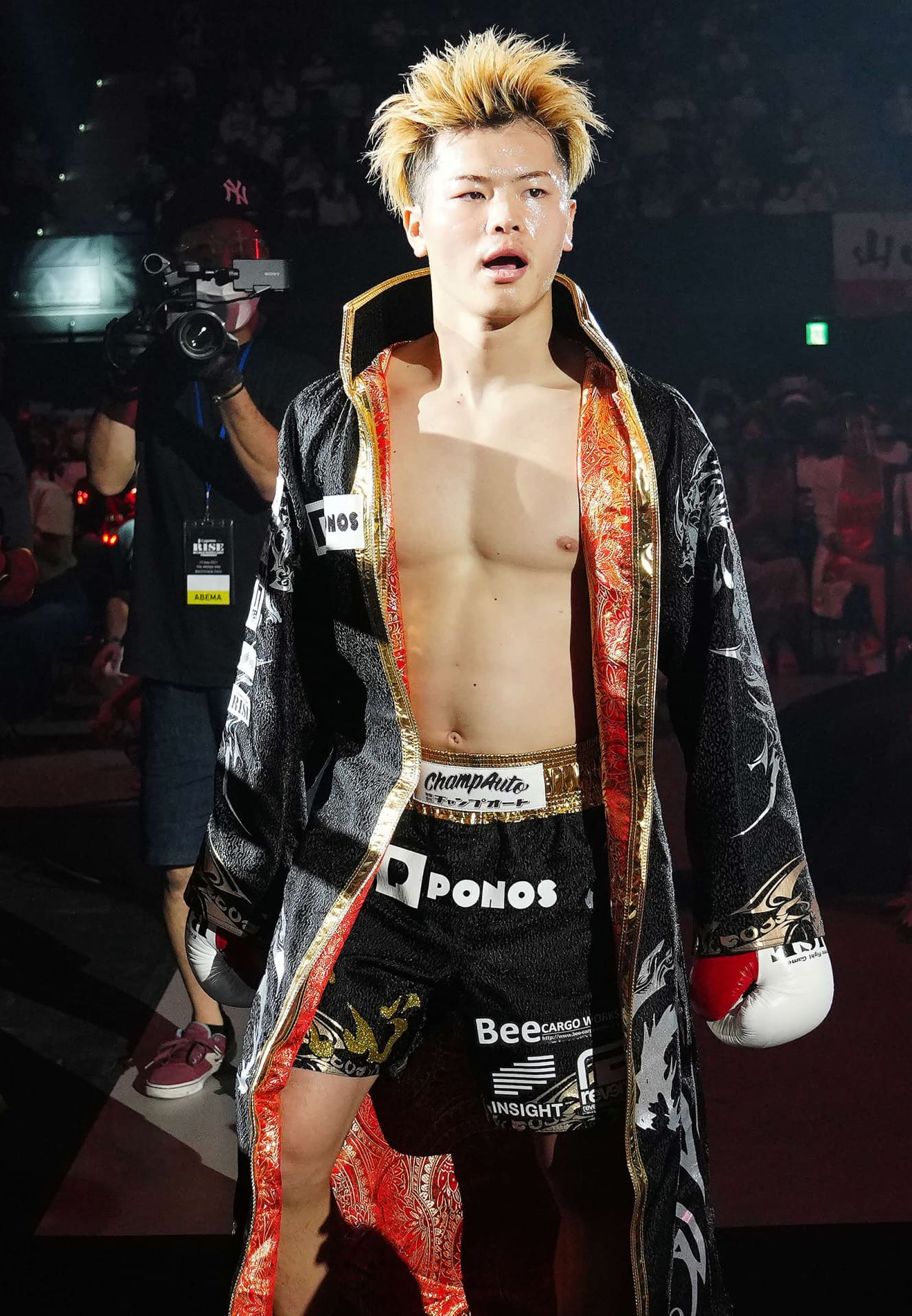
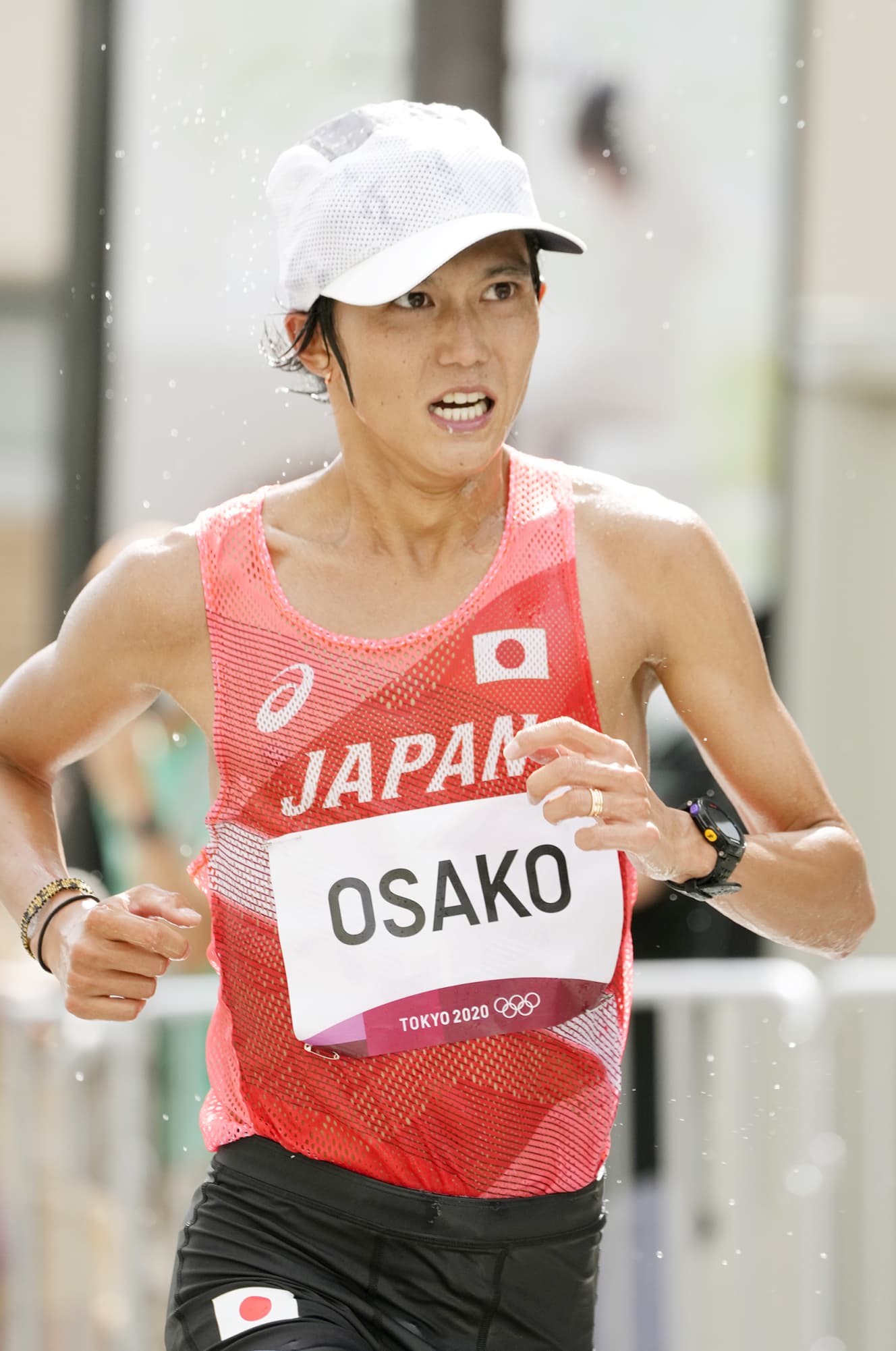
From the November 11, 2022 issue of FRIDAY
PHOTO: Kyodo Afro (Shibuno Nasukawa)
